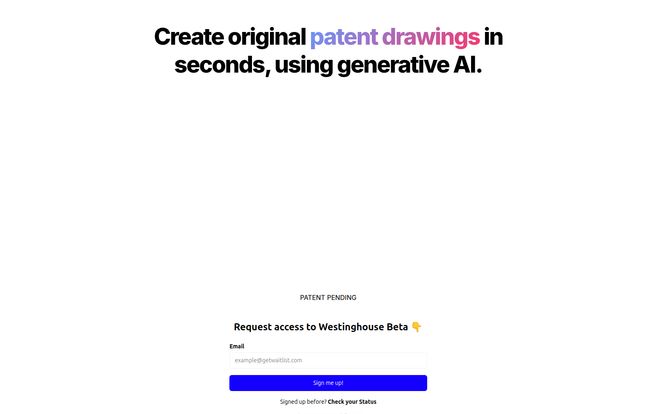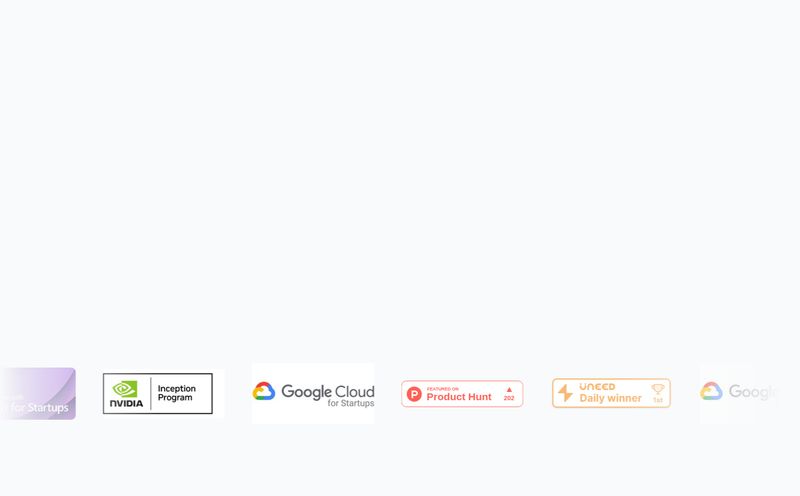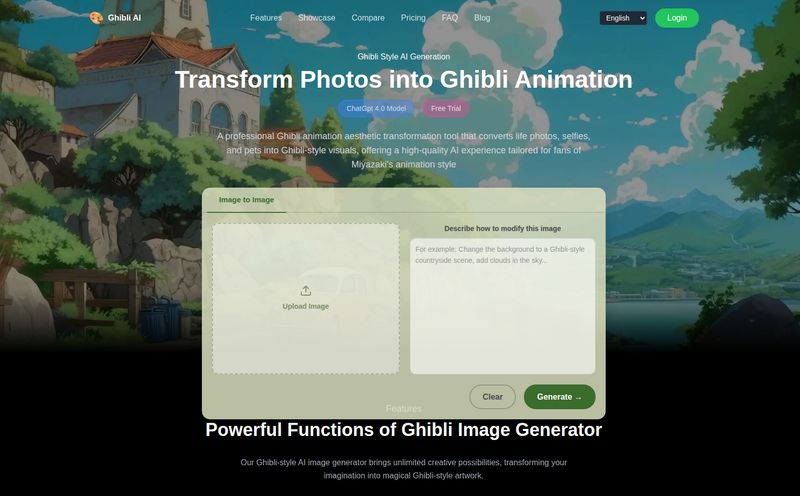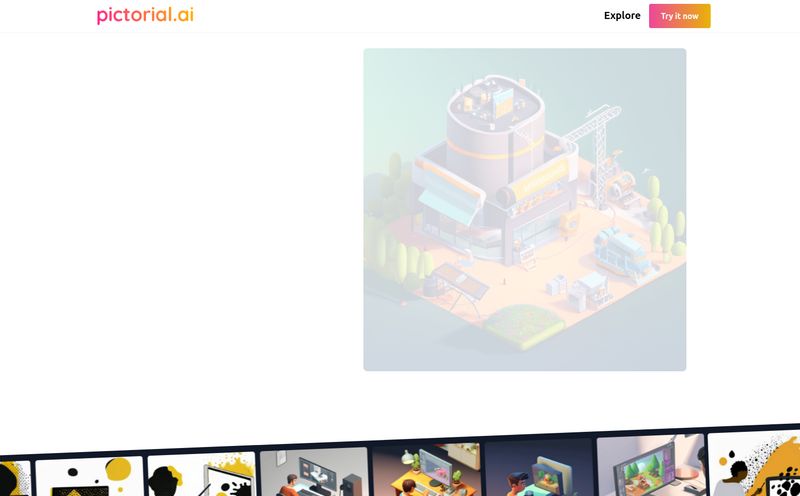If you've ever been anywhere near the world of intellectual property, you know the feeling. You've got this brilliant, world-changing idea. You've spent months, maybe years, refining it. Now comes the paperwork. And part of that paperwork, the part that makes a lot of inventors and even some lawyers groan, is the patent drawings.
For decades, this has been a slow, expensive process. You hire a specialized patent drafter, someone who knows the arcane rules of the USPTO—the right line weights, the specific shading for different materials, the precise way to number components. It takes weeks. There's back and forth. It costs a small fortune. It’s a massive bottleneck in getting your idea protected.
So, when I saw a landing page screaming, “Create original patent drawings in seconds, using generative AI,” my ears perked up. The tool is called Westinghouse.ai. And that promise? That's not just a small improvement. That's a potential revolution. But as someone who’s seen a lot of shiny new tech come and go, I've learned to mix my excitement with a healthy dose of skepticism.
So, What is Westinghouse.ai, Exactly?
From what I can gather from their very minimalist (but slick) landing page, Westinghouse.ai is a platform that uses generative AI to, well, do what it says on the tin. You give it some input, and it spits out original, compliant patent drawings in the time it takes to brew a cup of coffee. Instead of waiting weeks for a human drafftsman, you get it in seconds. Simple as that.
Right now, it’s not open to the public. They’re in a private beta, and you have to sign up for a waitlist to get access. I’ve thrown my email in the ring, of course. For a tool that could potentially shave weeks and thousands of dollars off the patent process, you bet I want a front-row seat.

Visit Westinghouse.ai
The Old Grind vs. The AI Promise
Think about the traditional workflow. It’s a bit like commissioning a renaissance painting. You have a vision, but you need a master artist to bring it to life on canvas, following a strict set of rules laid down by the church (or in this case, the patent office). There are consultations, sketches, revisions… it’s a whole production.
Westinghouse.ai is proposing a different model. It’s less like commissioning a painting and more like using an incredibly sophisticated Polaroid camera. Point, shoot, and a nearly-finished product emerges. The potential here for solo inventors, bootstrapped startups, and even large law firms looking to improve efficiency is just massive. Imagine being able to iterate on your invention’s drawings in real-time during a design meeting. That’s a game-changer.
The Features That Really Matter
Let's break down what they're actually offering, based on the info available.
The Speed is the Story
The headline feature is speed. “Weeks to seconds” is the core value proposition. In a world where first-to-file is everything, speeding up any part of the patent application process gives you a competitive edge. It’s not just about convenience; it’s about securing your place in line faster than the next person.
Originality by AI
They make a point of saying “original” drawings. This is critical. You can’t just pull a stock image for a patent. The drawings have to be a specific representation of your invention. The use of generative AI suggests the model is creating these from scratch based on your input, not just modifying templates. That's the secret sauce right there.
The Implied Cost Savings
They don’t mention cost, but it’s the logical conclusion. If you're cutting out weeks of a specialist's time, you are absolutely cutting costs. For an independent inventor, this could be the difference between filing a patent and just hoping nobody steals their idea.
But Let's Pump the Brakes a Little
As exciting as this is, my internal risk-assessment alarm is ringing. Just a little. AI is an incredible tool, but it's not magic. And when it comes to legal documents like patents, the details are everything.
The Absolute Need for a Human Review
One of the first things that comes to mind is accuracy. An AI might generate a beautiful drawing, but does it correctly interpret a complex technical description? Does it understand the nuance required to properly disclose an invention without giving away too much or too little? My gut says you absolutely cannot just take the AI’s output and file it blindly. You will still need a qualified patent attorney or agent to review every line and every number to make sure it’s legally sound and technically accurate. This tool is an accelerator, not an autopilot.
Is It Good Enough for the USPTO?
Patent drawings have absurdly specific requirements. I once saw an application get an office action because the font size on the numbering was off by a fraction. The USPTO's standards are no joke. The big question is whether the AI model behind Westinghouse.ai has been trained specifically on these standards. Can it handle different types of views (perspective, isometric, sectional) and apply the correct hatching for different materials? The quality of the output is entirely dependent on the sophistication of their model. We'll have to wait and see.
About That Name…
I’ve got to address the elephant in the room. Westinghouse. It's a legendary name in American invention and industry. Using it is a bold, bold move. And they know it. Right at the bottom of their page is a very important disclaimer:
“While we love using Westinghouse products, we are not endorsed by, or in any way associated with, Westinghouse Corporation, Westinghouse Air Break Company, or any other Westinghouse affiliate.”
I have to respect the audacity. It's memorable, it evokes a spirit of innovation, and it definitely got me to click. It’s also a bit risky from a branding perspective, but hey, in a crowded market, sometimes you have to make some noise.
The Million-Dollar Question: What’s the Price?
Nothing. At least for now. There's no pricing page on their site—trying to find one just leads to a 404 error. This is pretty standard for a beta launch. They're likely more focused on gathering user feedback and perfecting the product than on monetizing it.
I could see this going a few ways: a monthly subscription for law firms, a pay-per-drawing model for individual inventors, or a tiered system. Whatever they choose, it will have to be significantly cheaper than the traditional route to be truly disruptive.
Who Is This Really Built For?
I see a few key groups getting really excited about this:
- Solo Inventors and Startups: People who are often short on cash and time. This could dramatically lower the barrier to entry for protecting their ideas.
- Patent Law Firms: Imagine a paralegal or junior associate being able to generate draft drawings instantly for an attorney to review. This could streamline workflows and allow firms to handle more clients, more profitably.
- In-House IP Departments: Large companies that file tons of patents could integrate this into their internal processes, saving a ton of time and money on outside counsel and drafters.
Frequently Asked Questions
Is Westinghouse.ai free to use?
Currently, the tool is in a private beta. You can request access through a waitlist on their website. They have not announced any pricing information yet.
Can I use the AI-generated drawings directly in my patent application?
I would strongly advise against it. While the tool aims to create compliant drawings, you should always have them reviewed by a qualified patent attorney or agent to ensure they meet all legal and technical requirements before submission.
Is Westinghouse.ai connected to the famous Westinghouse company?
No. Their website includes a specific disclaimer stating they are not endorsed by or affiliated with Westinghouse Corporation or any of its affiliates.
How can I sign up for the Westinghouse.ai beta?
You can visit their official website and enter your email address to join the waitlist for beta access.
What does the AI need to create a drawing?
The website doesn't specify the exact inputs, but generative AI tools like this typically work from text descriptions, rough sketches, or even 3D model files. We'll know more once people get access to the beta.
My Final Take: A Cautiously Optimistic Glimpse of the Future
So, is Westinghouse.ai the real deal? The potential is undeniable. AI is already changing how we write, code, and create art. It makes perfect sense that it would come for the world of technical drawings next.
If they can nail the execution—if the AI is smart enough to adhere to the rigid standards of patent offices—this tool could become an indispensable part of the inventor's toolkit. It won't replace patent attorneys, but it could make their jobs easier and make inventing more accessible for everyone else. It's a classic case of AI acting as a powerful co-pilot.
I, for one, am watching this space very closely. You can bet that as soon as I get off that waitlist, I’ll be putting it through its paces. For now, I'm cautiously optimistic. This feels like one of those ideas that’s so obvious in hindsight, you wonder why it didn't exist before.
References and Sources
- Westinghouse.ai Official Website: Information and beta waitlist access. (I am not providing a live link as the tool is in beta and URLs may change).
- United States Patent and Trademark Office (USPTO): Patent Drawing Standards.
- GetWaitlist.com: The service powering the beta signup form.



